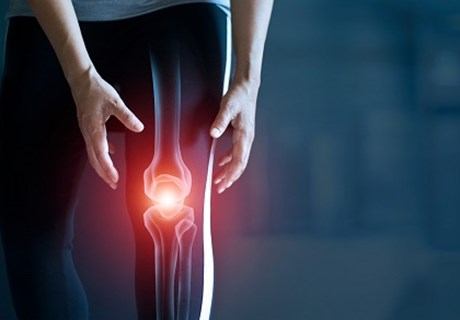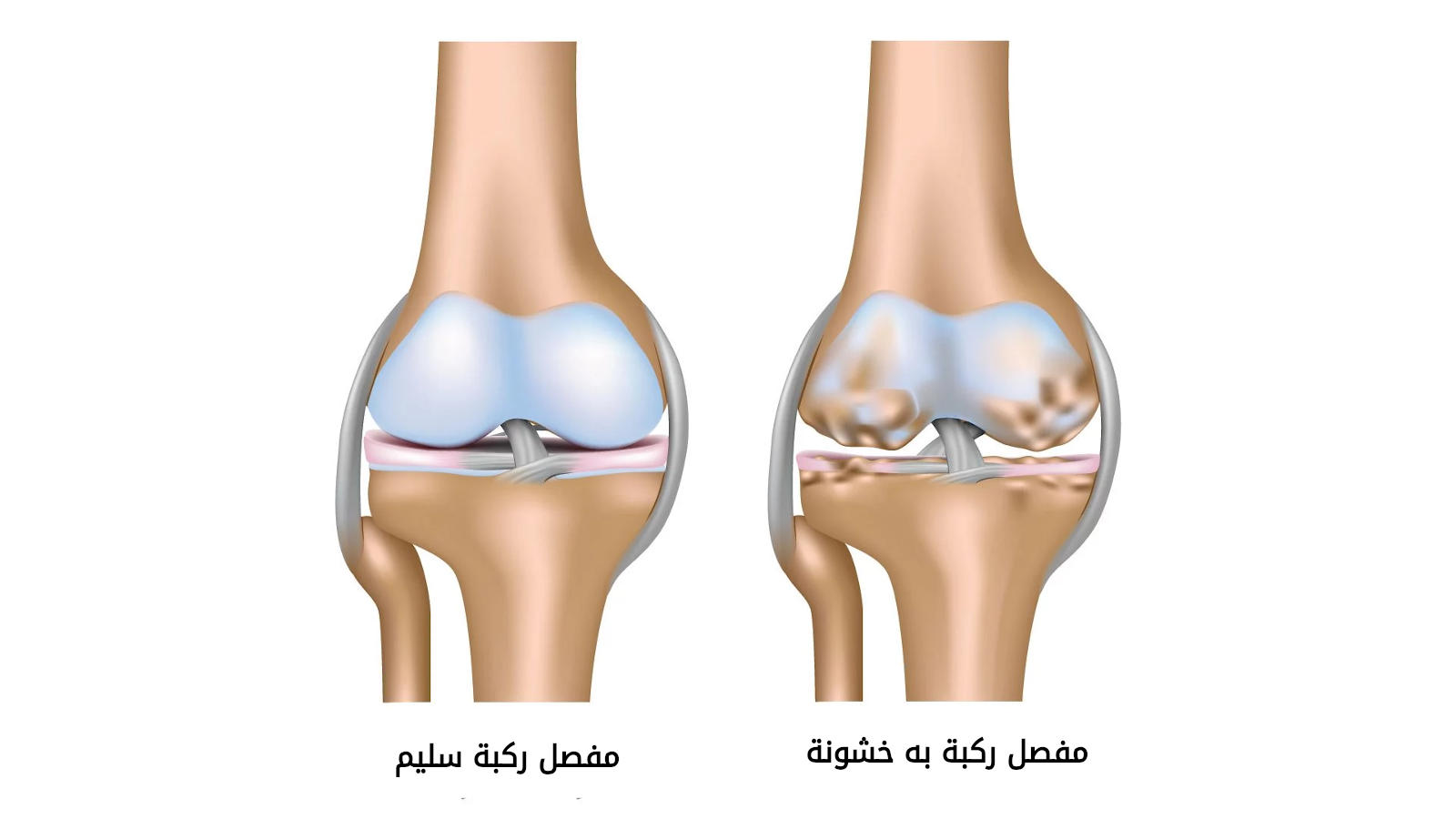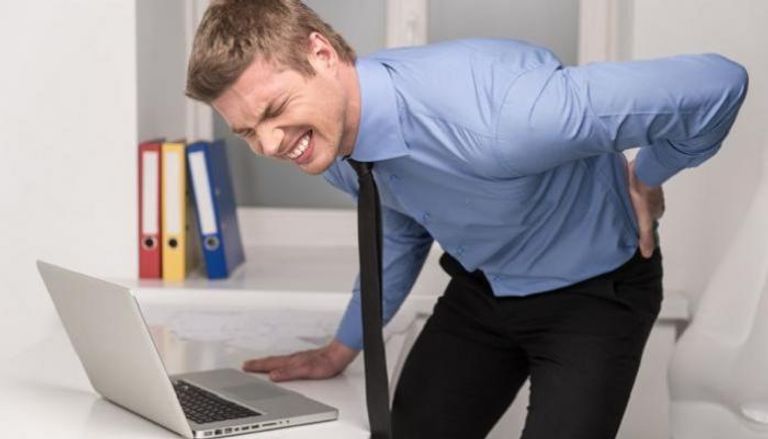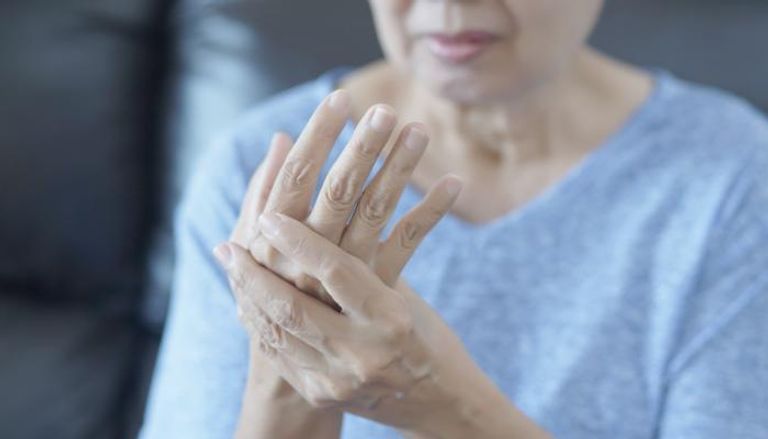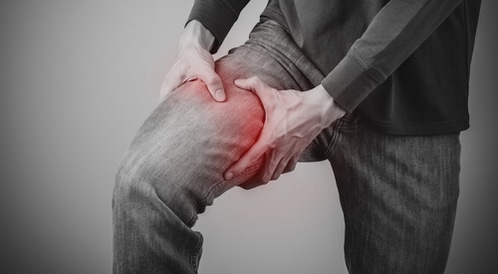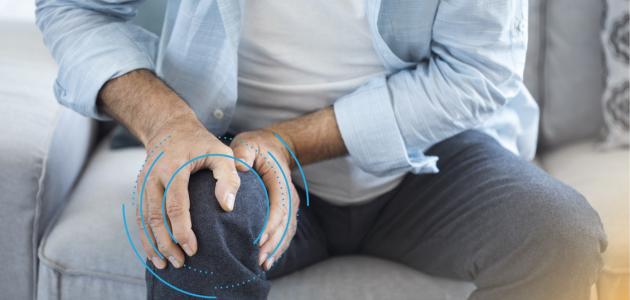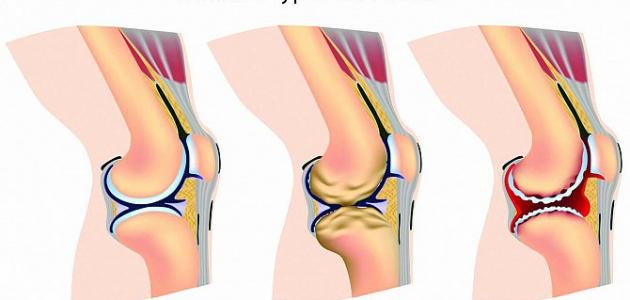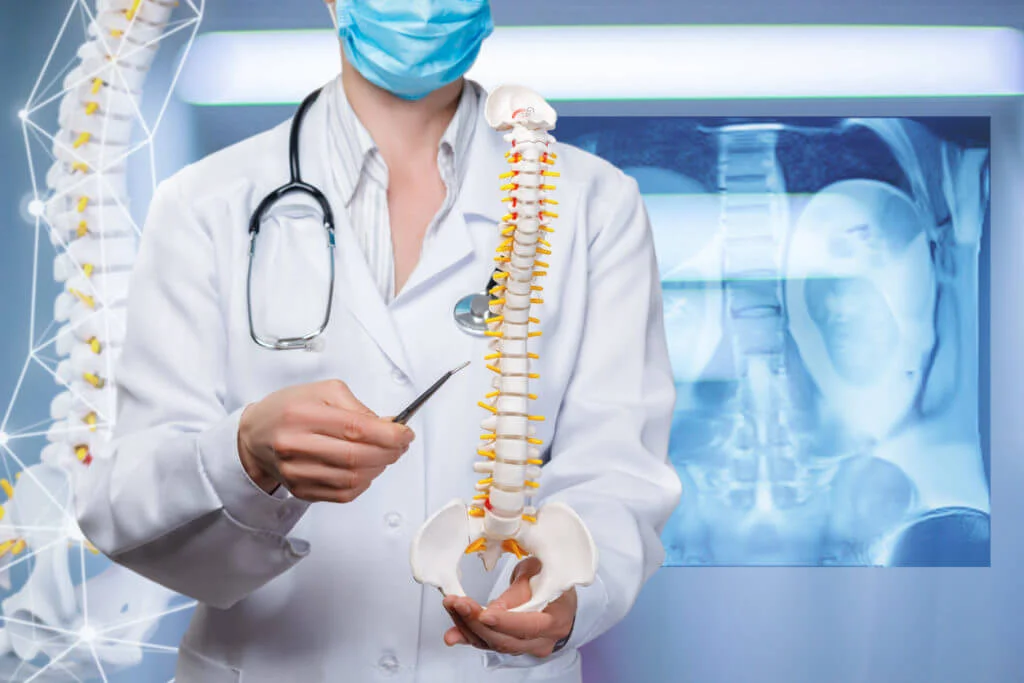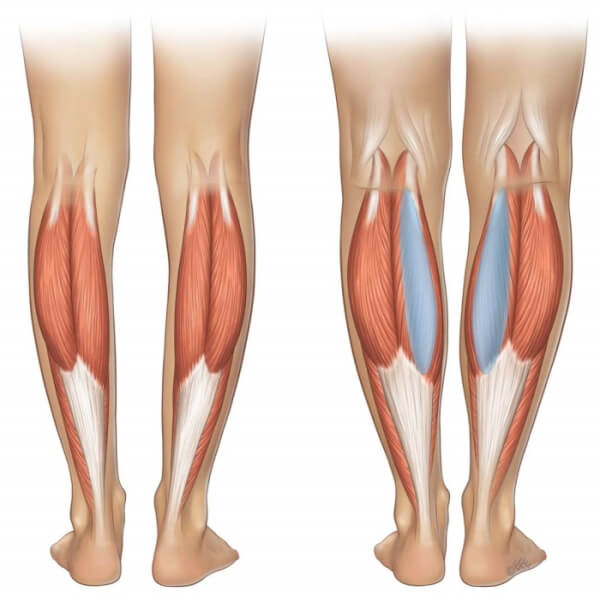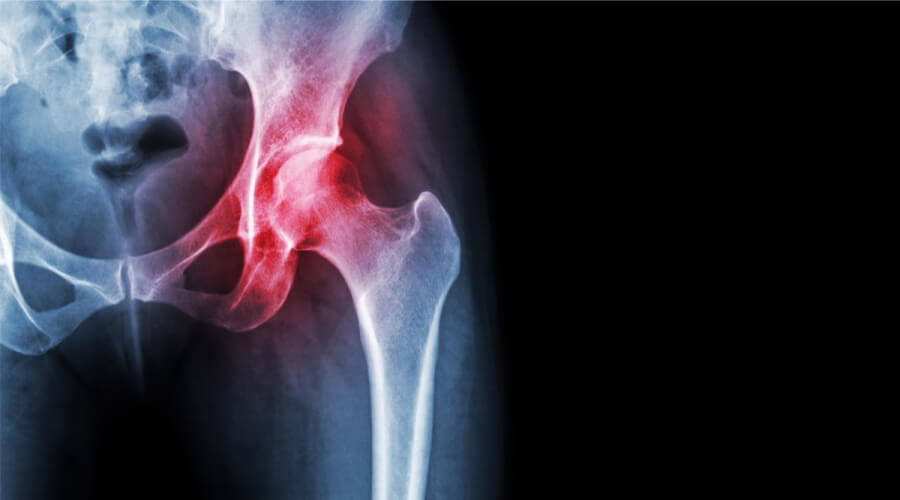What are the symptoms of cartilage in the back?
Cartilage disease is one of the diseases that mostly affects older people, and symptoms of infection can appear in different forms, and we show you more information about a herniated disc in the following article.

How do I know that I have cartilage in the back?
The cartilage of the back is a tissue located between the ends of the bones, which acts as a cushion that relieves the pressure placed on the vertebrae and joints and bears the shocks that these parts of the body are exposed to and thus can increase the pain felt by the injured person and affect his ability to move.
Causes of cartilage disease in the back
There is more than one factor that can have an effect on the cartilage of the back and the incidence of a herniated disc, including the following:
- A person can be exposed to a herniated disc by exposure to an accident or injury to the back.
- A herniated disc can be due to aging and a weakening of the cartilage.
- Excess pressure on the back cartilage as a result of the person’s weight gain.
- Sometimes wearing high heels for women affects the chances of a herniated disc.
Herniated disc symptoms in the back
A person with a herniated disc in the back may be exposed to a number of signs, the foremost of which is severe pain when moving, which affects a person’s performance in general, and limits his ability to carry out his daily physical activity as a result of the pressure on the nerve and the cartilage leaving its original location.
Symptoms of a herniated disc can be as follows:
- There is a pain in the lower back.
- The pain ranges from mild to severe over time.
- The presence of tingling or numbness in the extremities due to the improper transmission of nerve signals.
- Pain when sitting or standing.
- Muscle weakness.
- A feeling of pain when doing simple things like sneezing or coughing.
- The presence of a cold occurs on one side of the body.
Should I go back to the doctor immediately after a herniated disc?
A herniated disc is not a medical emergency because it does not require medical intervention immediately after the occurrence, and the patient can start conservative treatment with a doctor’s consultation regarding the medications that can be taken, and it is important for the patient to start treatment quickly so that he does not suffer from the complications of a herniated disc.
What is the treatment of cartilage in the back?
Herniated disc disease can be treated by most types of treatments, whether non-surgical or surgical, and both types have a great impact on the owners of the injury and effective results, and the herniated disc patient can be treated through the following:
Non-surgical treatment
The patient can follow some important advice and instructions that the specialist doctor explains to him, which are:
- Begin to increase the duration of rest taken by the patient.
- Using cold and hot water compressors.
- Make a diet rich in fiber and protein.
- Start doing exercises that are appropriate for your health condition.
- Using crutches to walk.
- Massage (massage) for more comfort for the vertebrae.
- Use of medications, including painkillers and muscle relaxants.
- Use of narcotic drugs and drugs that reduce nerve pain.
Surgical treatment
Surgical operations can be used in the event that the injured person did not respond to other treatment methods or was exposed to complications from the injury, which affects movement or control of the leg, and there is more than one operation that is chosen by the doctor for the injured person after diagnosing the condition, including:
- Vertebral resection surgery.
- Joint replacement surgery.
- Cartilage removal surgery.
- Vertebral stabilization process.
Exercises to strengthen the back muscles of the herniated disc
Exercise can help reduce the pain of a herniated disc, and thus the affected person will be more able to lead his life more normally until complete recovery. Here are some important exercises for patients with a herniated disc:
- Stretching exercises
Stretching exercises for the neck can help reduce fatigue in the cartilage and reduce the pain caused by it, and the injured person can practice the exercise by lying on the back on a surface slightly raised from the ground while keeping the head outside this surface, and the person begins to lower his head gradually and continues until it is completed minute. - Back flexion exercises
These exercises help give more space for the cartilage to return to its original position, and this is by increasing the area of the openings between the vertebrae.
What is the back cartilage damage?
A person who has had a herniated disc may experience some complications that occur as a result of a delay in the herniated disc or the body’s lack of response to the treatment methods used by the affected person. Complications due to a herniated disc are as follows:
- Nerve damage due to excessive pressure on them.
- Difficulty controlling urine.
- Cauda equina syndrome.
- Numbness in the lower extremities.
It is important for the injured person to start treatment early, because this gives more opportunities for the body to feel better and reduce the severity of the pain on the body, and thus the patient feels the possibility of practicing his normal activity again.


